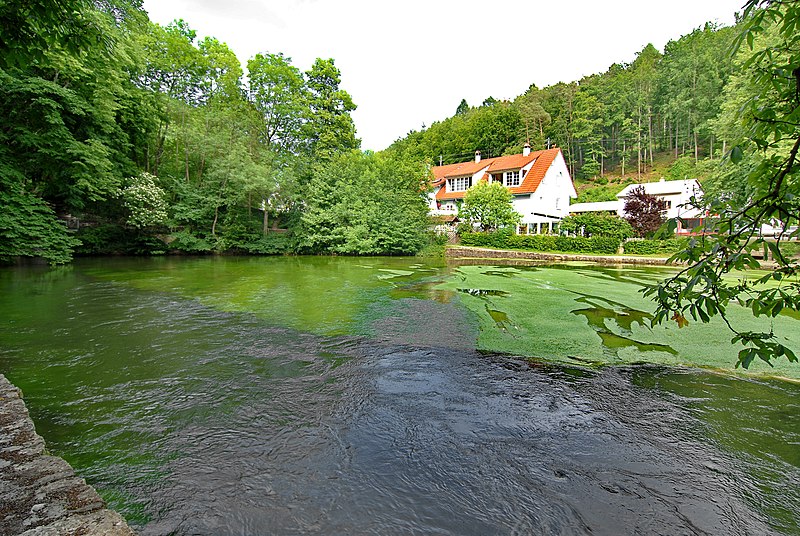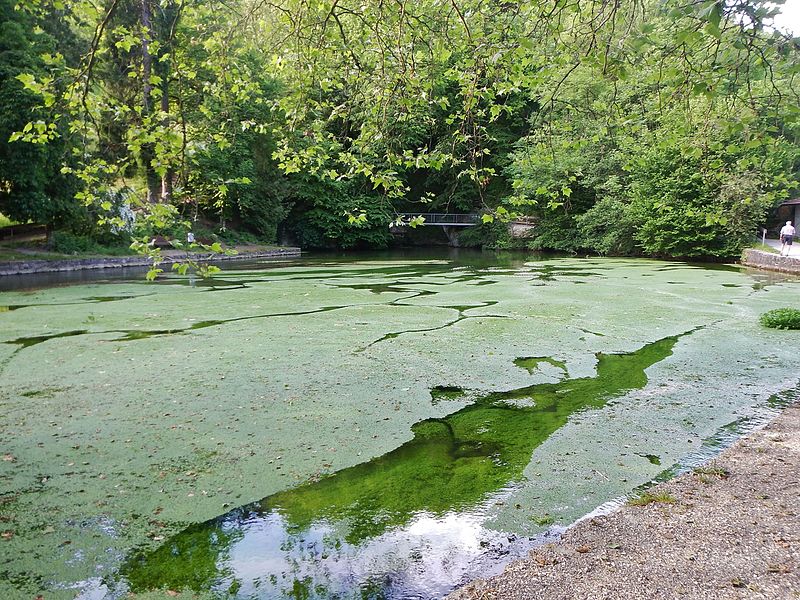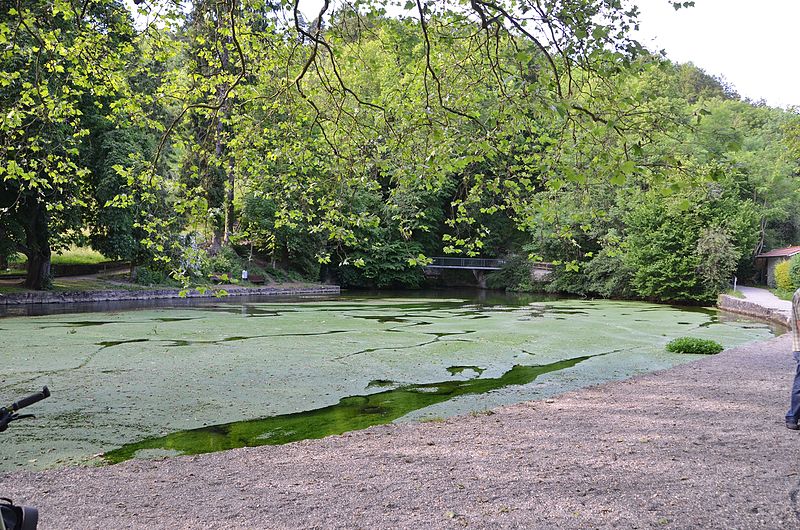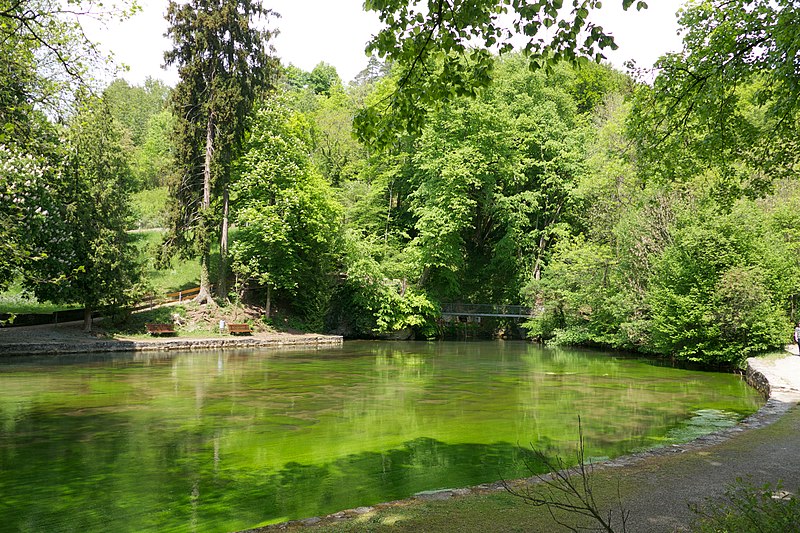Aachtopf

Facts and practical information
Nestled in the verdant landscape of Germany's Swabian Alps lies Aachtopf, an enigmatic natural wonder that has captivated the curiosity of both locals and geologists alike. Known as Germany's largest spring, Aachtopf is a remarkable geological formation where the subterranean forces of nature reveal themselves.
Aachtopf is not a traditional cave that one can walk through; instead, it is the visible outpouring of a vast underground karst system. The spring's name, which translates to "Aach pot," reflects its characteristic appearance: water wells up from a deep limestone cavern system, filling a pool that resembles a large pot before flowing away as the River Aach. This impressive hydrological phenomenon is part of a complex system where water from the Danube River infiltrates the porous limestone bedrock, travels through an extensive network of underground channels, and eventually emerges at Aachtopf.
The spring's flow varies with the seasons but can be as high as 24,000 liters per second, making it a significant contributor to the region's water supply. The turquoise waters of Aachtopf are not only a beautiful sight but also provide a critical habitat for a variety of aquatic species, adding to the ecological significance of the site.
Baden-Württemberg
Aachtopf – popular in the area (distance from the attraction)
Nearby attractions include: Mägdeberg, Hohenhewen, Hohenkrähen, Höwenegg.

















